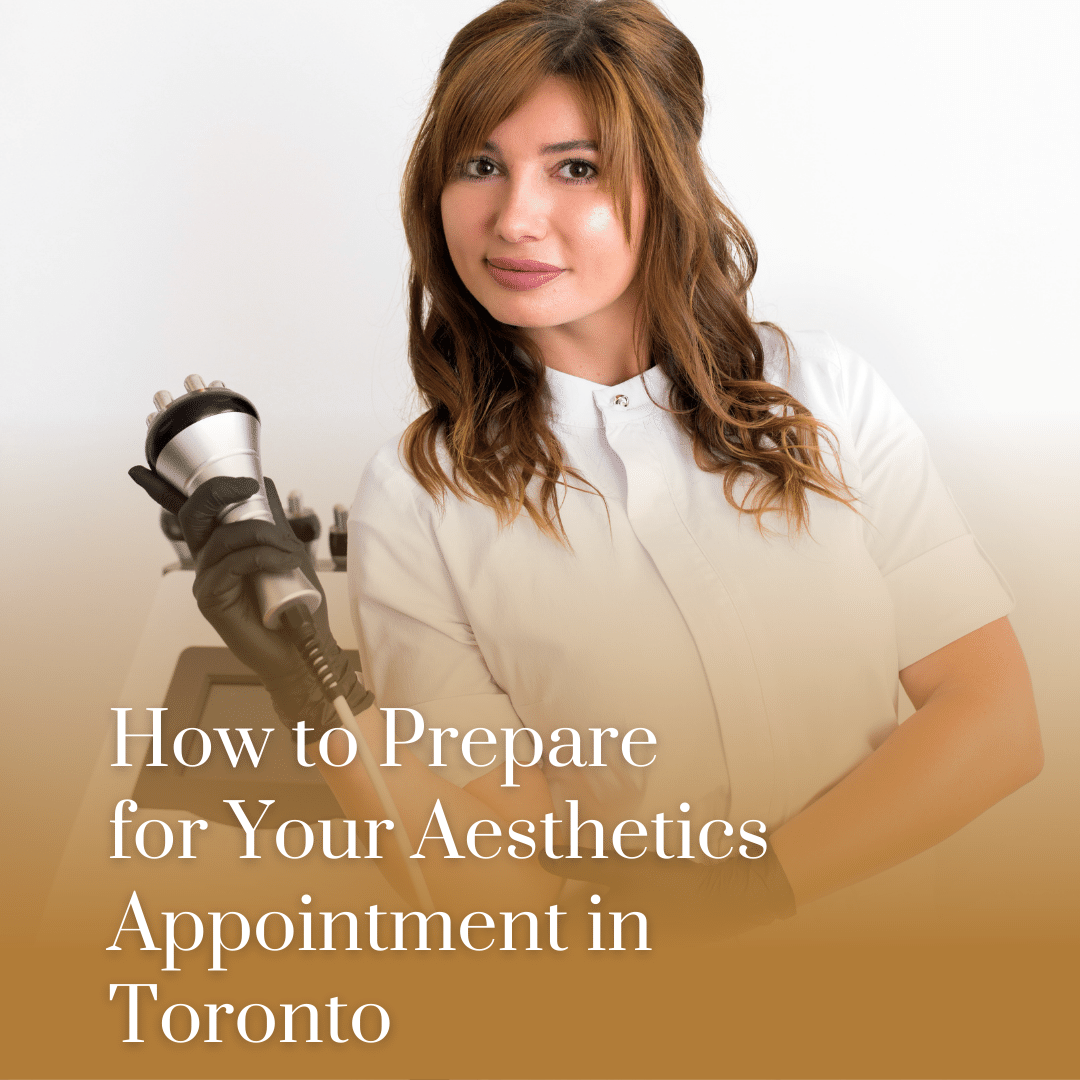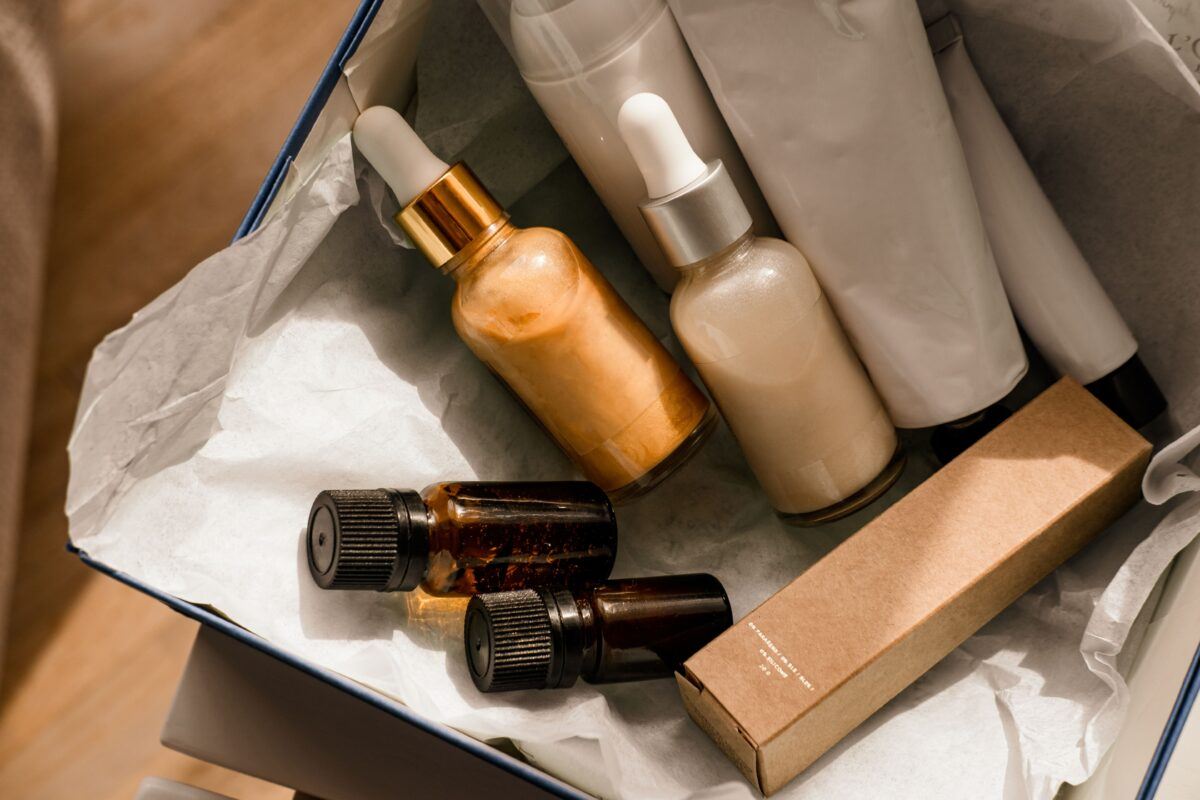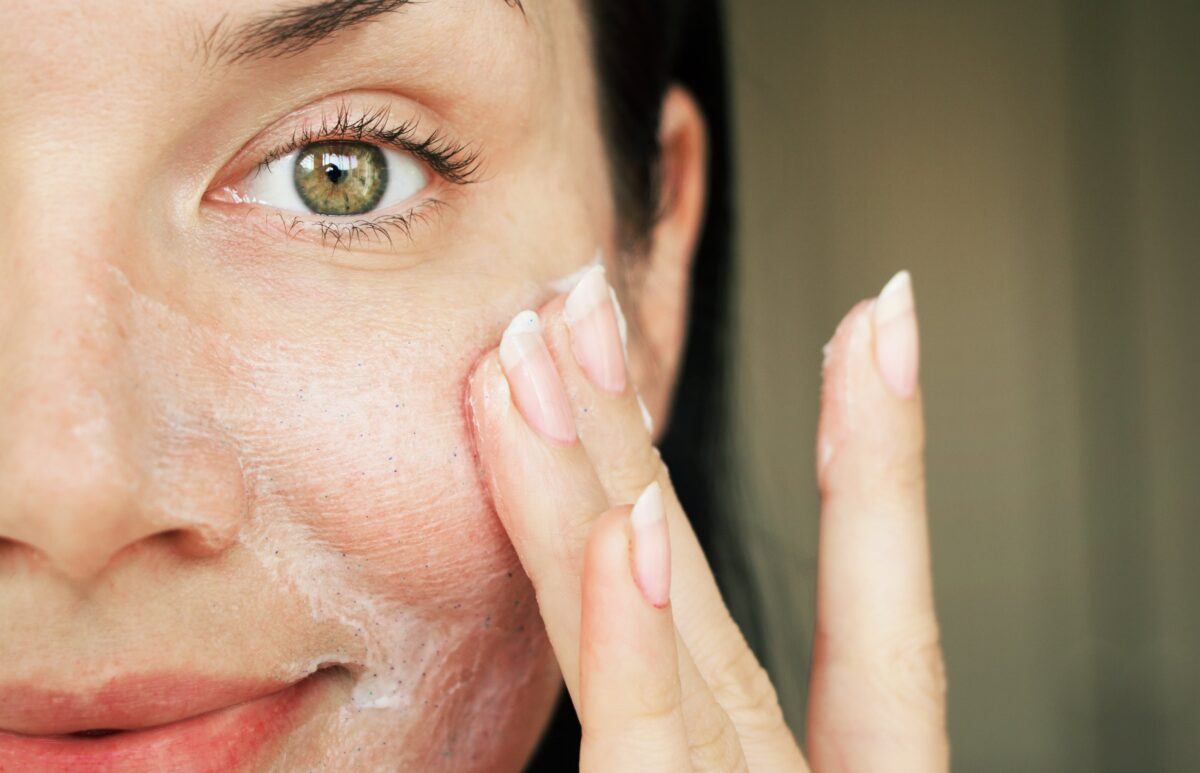How To Prepare For Your Aesthetics Appointment In Toronto
If you’re like most people, you probably don’t give much thought to your skincare routine until the day of your appointment with the aesthetician. Unfortunately, this can lead to last minute scrambling and a less than desirable experience. To ensure that you get the most out of your appointment, we’ve put together this guide on how to prepare for aesthetics treatments in Toronto. Our guide will answer questions such as:

- What should you do to get ready for a facial?
- How can you make the most of laser treatments?
- What are the best ways to prepare for injectables and PRP therapy?
BASIC PREPARATION
No matter what type of aesthetic treatment you are interested in getting, there are a few basic preparations that can help improve your overall experience. Here are five things to do before your aesthetic appointment:
1. Choose an Experienced Provider
The first step to preparing for your aesthetic treatment is to find the right provider. When looking
for a provider, it is important to consider their experience and training. Make sure to ask about
the provider’s qualifications and what type of treatments they offer. You should also look at any
before-and-after photos, as well as read through reviews or testimonials.
It is also important to find a provider that you feel comfortable with. Strong communication between you and your provider is extremely important to ensure you are satisfied with the treatment. Trust your gut instinct – if you don’t feel like the provider is right for you, it’s probably best to move on.

2. Consider Your Skincare Routine
During your aesthetics appointment, your provider will (of course) want to discuss your skin and
skincare routine. That’s why it’s important to take some time to jot down some notes about your
skincare routine. Your provider will want to know what products you use, how often you cleanse your
face, if you have any past or current skin issues, and what other aesthetic treatments you have had.
They may also ask you about other factors that can affect the sensitivity of your skin.
3. Set Realistic Expectations
One of the best ways to guarantee disappointment is to set completely unrealistic expectations. When
it comes to aesthetic treatments, it is important to remember that everyone’s skin reacts
differently and you may not have the same results as someone else. Additionally, some treatments may
require multiple appointments in order to notice “dramatic” results. Overall, it is important to
consider and discuss your expectations ahead of time with your provider so that they can give you a
better idea of what you should expect during and after the procedure.
4. Know Your Treatment Options
Nowadays, there are a multitude of non-invasive aesthetic treatments that can address a range of
aesthetic concerns. Even if you feel that you have found the perfect treatment, it is still
recommended to discuss different treatment options with your provider. In some cases, they can help
you discover a treatment that you didn’t even know existed. Or they may also be able to make
recommendations for treatments that would better suit your skin and aesthetic goals. For this
reason, you may want to do some research ahead of time on a few different procedures so you can ask
the appropriate questions during your appointment.
5. Consider Aftercare
A large part of your treatment experience is based upon your aftercare. Even procedures with no
downtime often have a few post-treatment guidelines to follow. Therefore, when considering what
treatment to choose, you will also want to consider the aftercare that goes with the treatment.
While only your provider can give you an informed answer on what to expect after your chosen
procedure, doing research ahead of time can help you narrow down your choices.
BEYOND BASICS
Now that we’ve discussed some basic ways to prepare for your aesthetic appointment, we can look at some preparations for the most commonly performed procedures.
What should you do to get ready for a facial?
How can you make the most of laser treatments?
What are the best ways to prepare for injectables and PRP therapy?

What should you do to get ready for a facial?
When preparing for a facial, it is important to make sure that your skin is clean and free of any
makeup or oils. If you have any active acne lesions, those should be treated beforehand so that the
aesthetician can properly assess your skin condition. It is also recommended to avoid sun exposure
before a facial.
How can you make the most of laser treatments?
Laser treatments are often used to address a variety of concerns, such as acne, scarring, sun damage, and unwanted hair. In order to get the most out of your laser treatment, it is important to prepare your skin properly. This means avoiding sun exposure before the treatment and avoiding the use of any products that could make your skin more sensitive to the laser.
What are the best ways to prepare for injectables and PRP therapy?
Injectables, such as Botox and Juvederm, are often used to address concerns like wrinkles and sagging skin. In order to get the most out of your injectables, it is important to make sure that you are hydrated. Additionally, before your appointment, avoid taking any blood-thinning medications such as aspirin or ibuprofen.
PRP therapy works by reusing a patient’s own platelet-rich plasma in order to treat concerns like wrinkles and hair loss. While there is no special preparation necessary for PRP therapy, it is important to make sure that you do not have any open wounds or cuts on the treatment area. It is also helpful to be hydrated to make the initial blood draw easier.
IN CONCLUSION
By following the tips we’ve outlined above, you can ensure that you are well-prepared for your upcoming aesthetic appointment. Whether you’re looking to get a facial, laser treatment, injectable, PRP therapy, or some other type of treatment, these tips will help make the most of your experience. Do your research ahead of time and be sure to discuss any concerns or questions with your provider so that you can have a positive and relaxing treatment session. We hope this blog post has been helpful and we are here to answer any of your questions!
When the body experiences extreme stress, more hairs than normal enter into their telogen phase, and as a result, as much as 50% of your hair can fall out when the telogen phase ends. On average, telogen effluvium results in about 300 hairs being shed daily for around 6 months. Although the stress can cause telogen effluvium immediately, the effects won’t be noticed until about after three months once the telogen stage is complete. This is why COVID-19 patients may experience an excessive amount of hair loss in months following the initial onset of symptoms.
